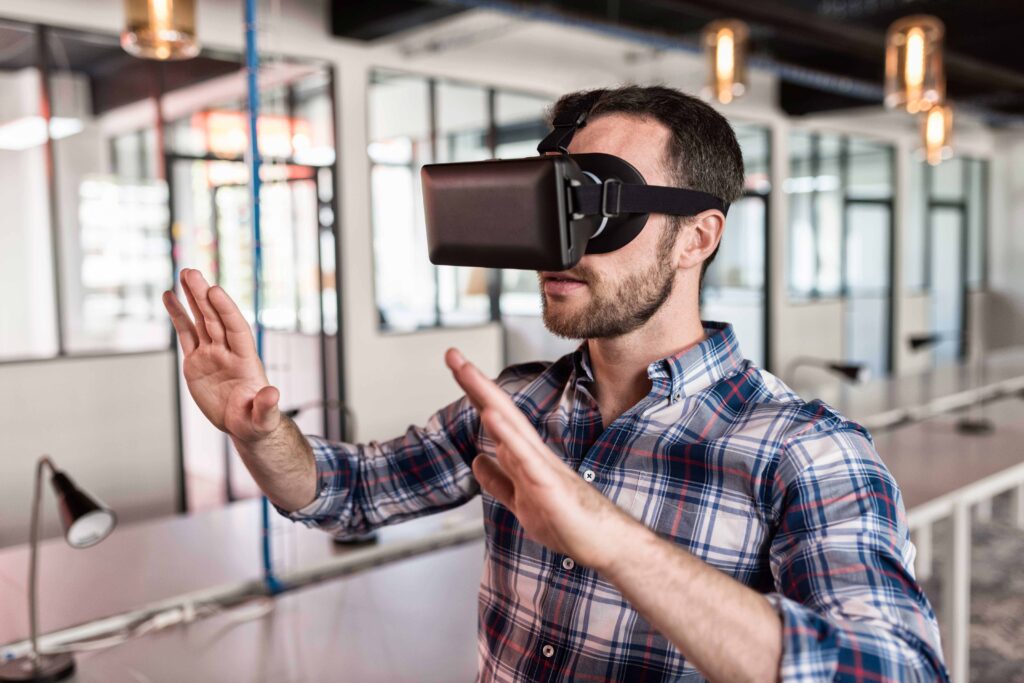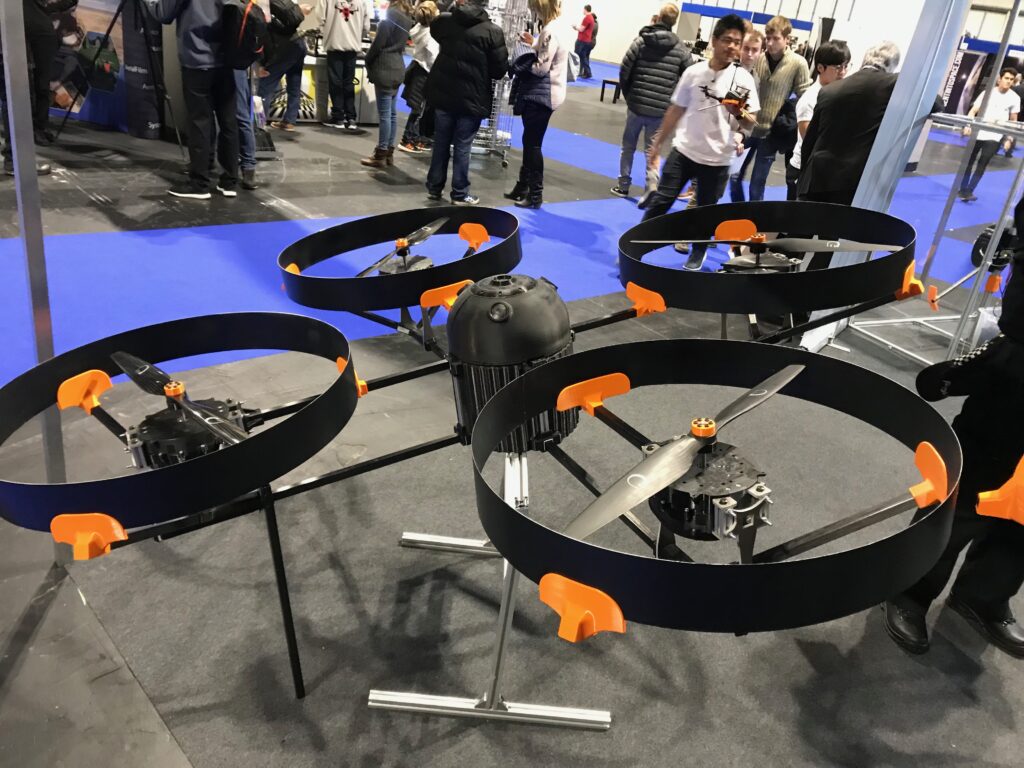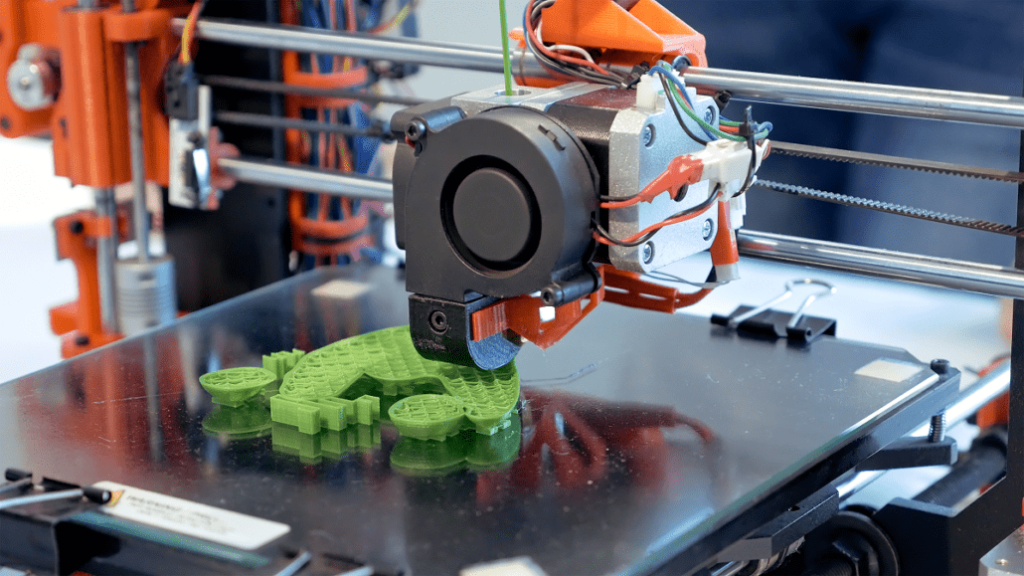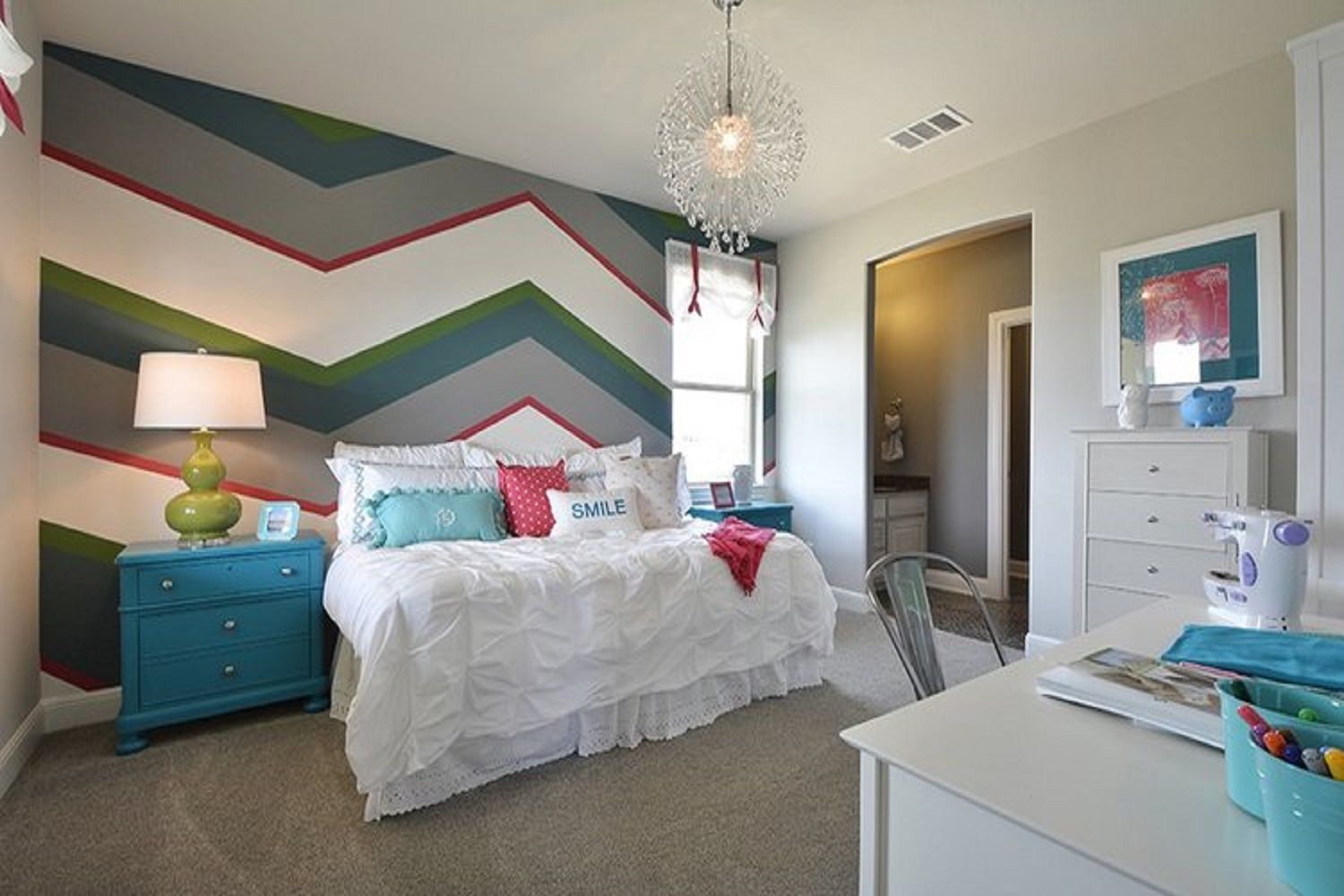Architecture as a profession has evolved dramatically in the last few decades as different technologies have emerged and been adopted as best industry practices. Older architects may find it more comfortable to cling to their pencils and protractors, but the industry is shifting. Here’s how architects can use technology to their advantage.
Virtual and Augmented Reality

source: pinterest.com
Walking through a finished design often requires months or years for contractors to complete construction — or longer if there’s a problem in the blueprints. Virtual reality headsets are becoming more affordable every year and allow you to walk through your architectural designs in an immersive 3D virtual environment before building begins.
Virtual reality is a valuable tool during every design stage. An architect can use technology to create a non-photorealistic rendering of the room. You don’t need photorealism to get a sense of spatial relations within a space. Adding layers of detail makes the process easier as the design comes together.
Augmented reality — which uses wearable technology or phone cameras to project virtual objects in the real world — can accomplish the same task. Instead of immersing yourself in an entirely virtual environment, AR systems enable you to walk through the design and see how it will lay out in the real world without waiting for construction to end.
Drones and Robotics

source: pinterest.com
Drones and robotics have started appearing in the construction industry as tools for assembly and inspection. These same devices can also become tools for architects, especially during the planning stages.
Architects have relied upon aerial photography for decades to make it easier to visualize how a finished product will look and how it will work on the property where it will eventually exist. Traditionally, this required some sort of crewed aircraft — such as an airplane or helicopter — and a separate photographer.
Drones can accomplish the same task faster and more efficiently. Architects can use technology by becoming drone pilots and completing aerial surveys, cutting costs and saving time.
Biomimicry and Generative Design
A large portion of modern design and architecture is taking its cues from Mother Nature to reduce energy costs and improve sustainability. It’s easy to design a building that looks like a plant or tree in a virtual space — it’s much more challenging to make that same design work in the real world.
Architects can use technology — specifically building information modeling (BIM) — to put their design through its paces. A BIM system has all the tools you need to test how your structure might stand up to different variables, like wind or earthquakes. It’s not foolproof, but it can make it easier to determine what designs will work in the real world and which ones are better left in the virtual space.
Additive Manufacturing/3D Printing

source: pinterest.com
Additive manufacturing, also known as 3D printing, has taken the architectural and construction industries by storm. Contractors can print an entire building out of cement, and architects can do the same with models. Building a scale model by hand is time-consuming and can be expensive. Instead, architects can simply upload a CAD or BIM design to a 3D printer, slice it and watch it come to life, one layer at a time.
Switching from handmade models to 3D prints can also make it easier to translate intricate design pieces that might be difficult to create by hand. Instead of struggling to place tiny stairs or hang a wire-frame chandelier, you can print each item in place without worrying about how you’ll make it stay. Designs and their associated models can change every day during the process. Creating a new model each time the blueprint changes can be tedious and costly.
Artificial Intelligence and Cloud Services

source: pinterest.com
The new tools for architects don’t always have to exist in a physical space. A modern CAD or BIM design can generate a lot of data. Instead of ignoring that information, AI systems can sort through it and turn it into actionable insights that you can use to make informed decisions in the future. If your office doesn’t have the computing power to support the kind of AI service you need, consider investing in cloud computing services to fill in the gap.
Artificial intelligence has become the villain in many fiction stories. However, it can provide a comprehensive analysis that would be difficult or even impossible for humans to accomplish in the same amount of time.
Architects Can Use Technology to Their Advantage
It’s tempting to cling to the familiar — even in careers — but as times change, architects can use technology to their advantage to keep up with the rest of the industry. These tools don’t replace the need for a skilled architect. Instead, they can help you make the most out of your craft.


